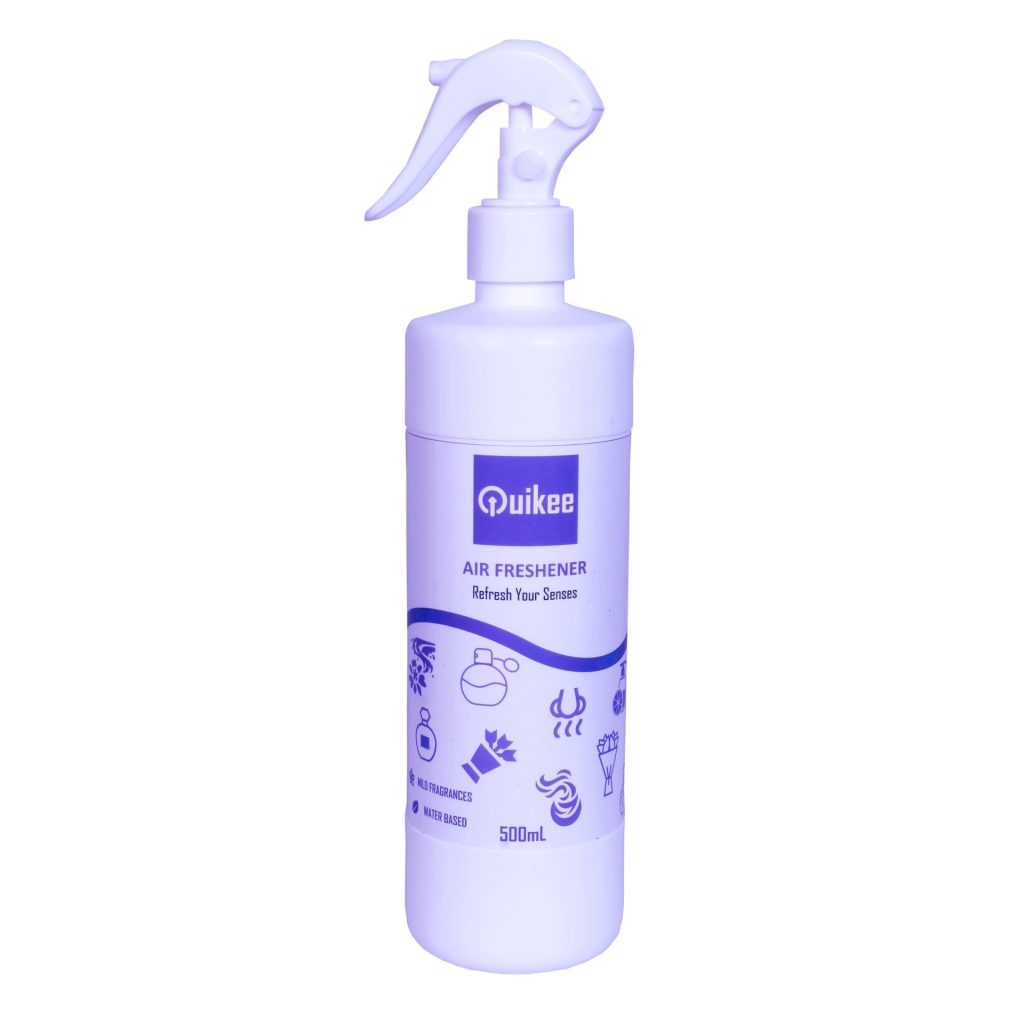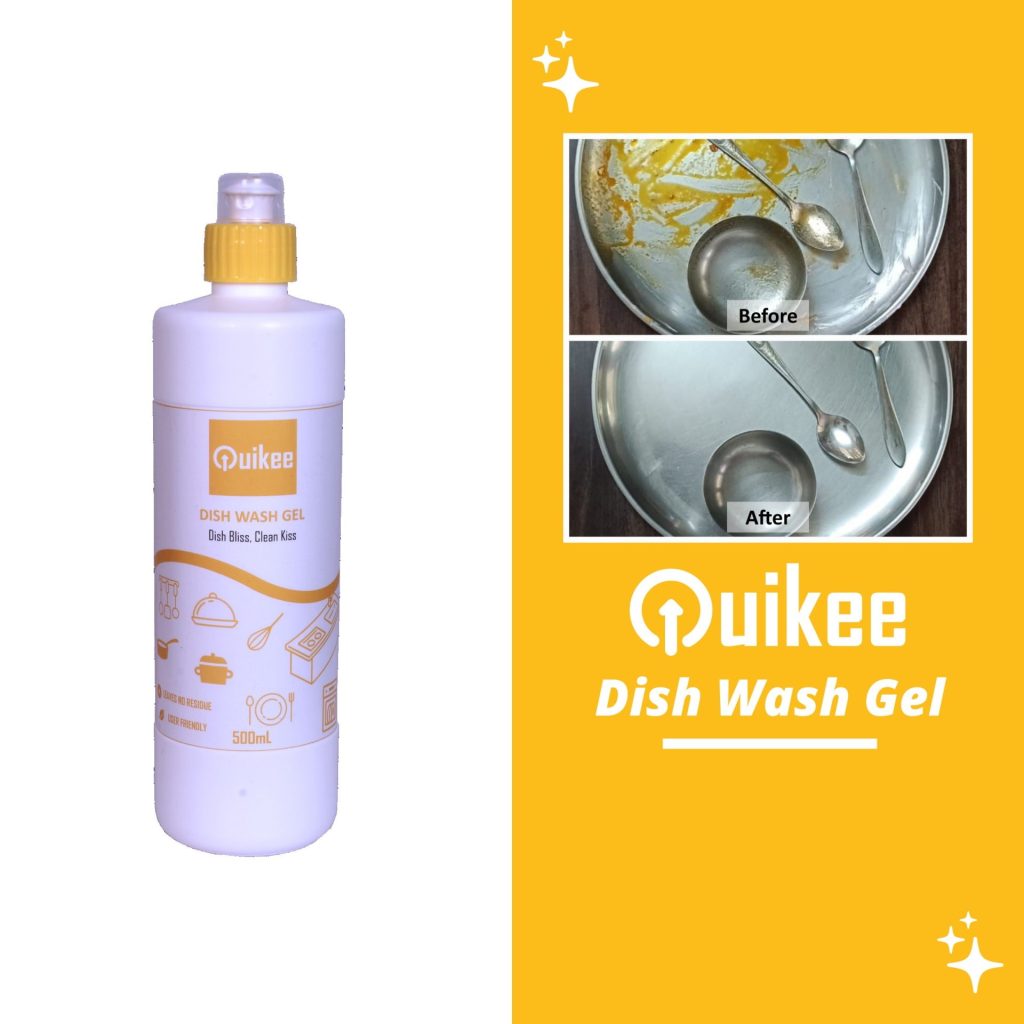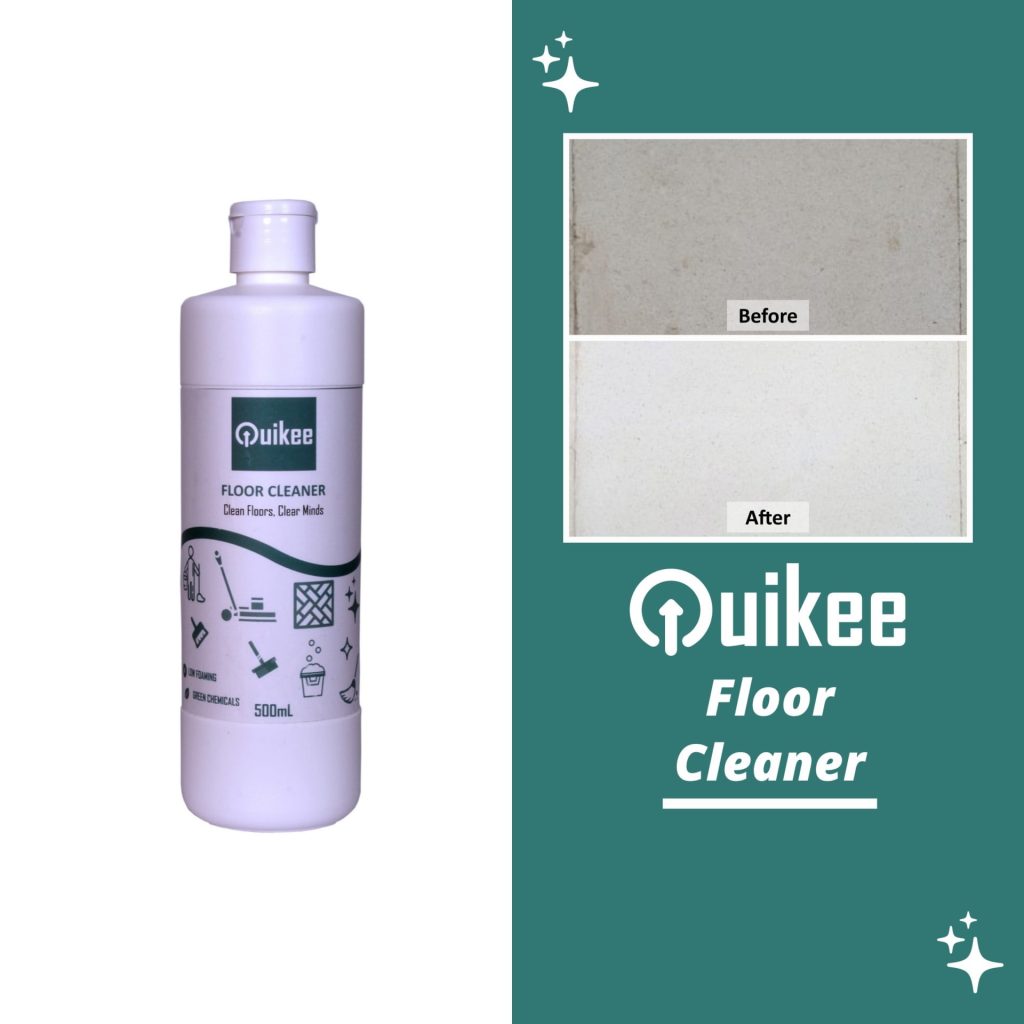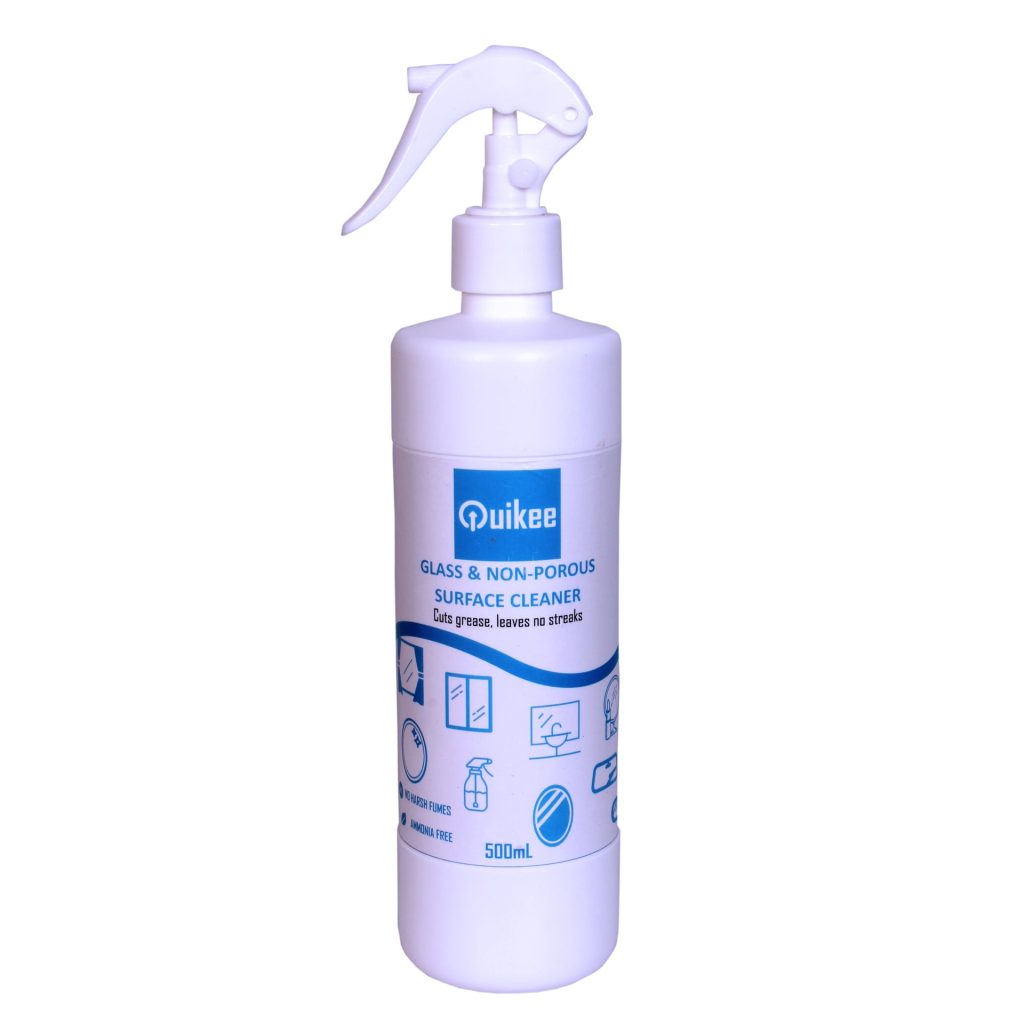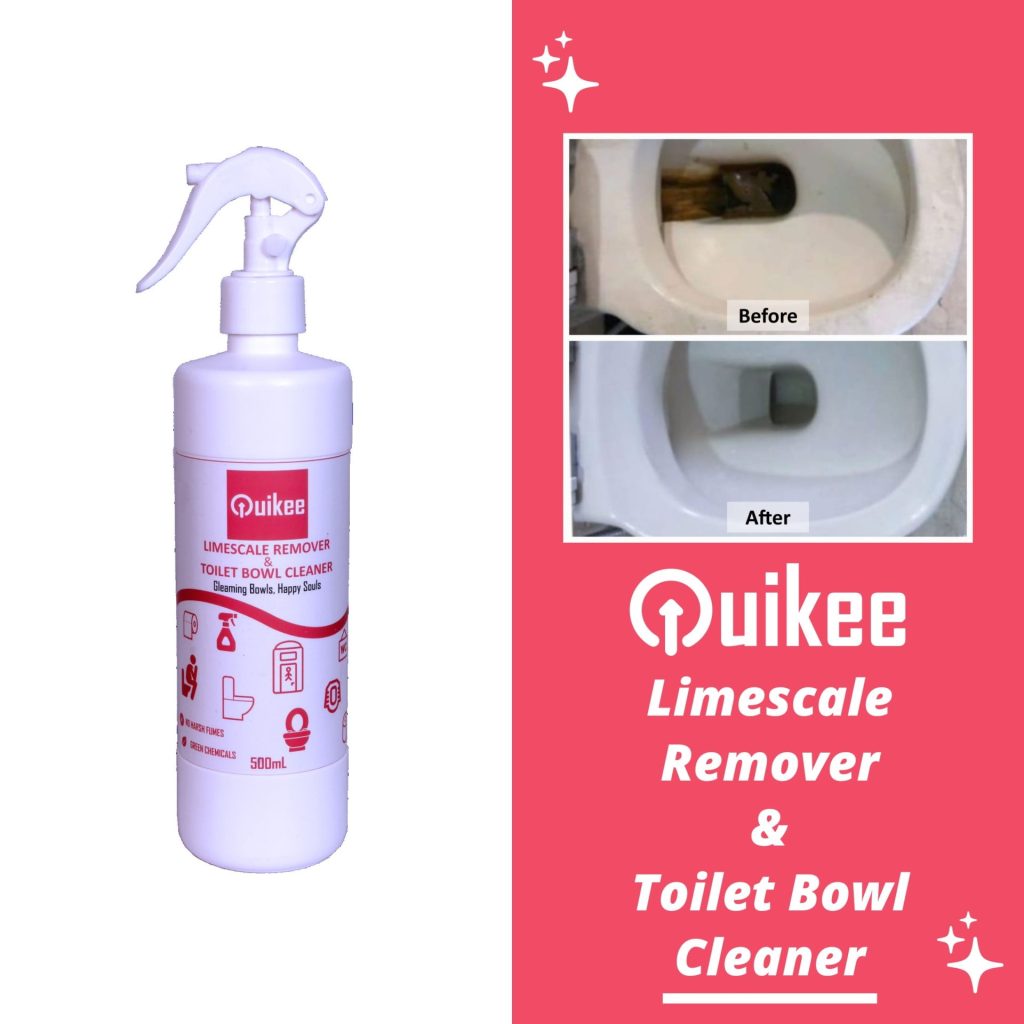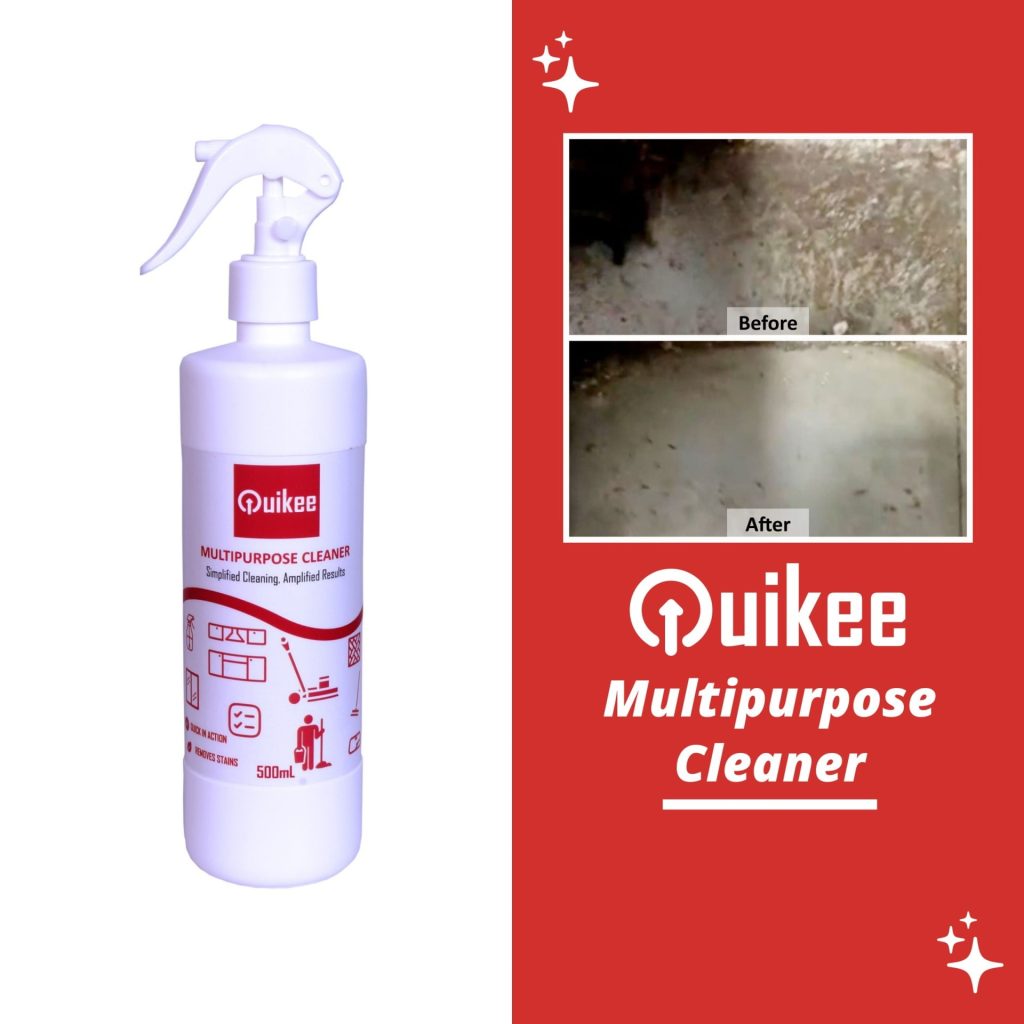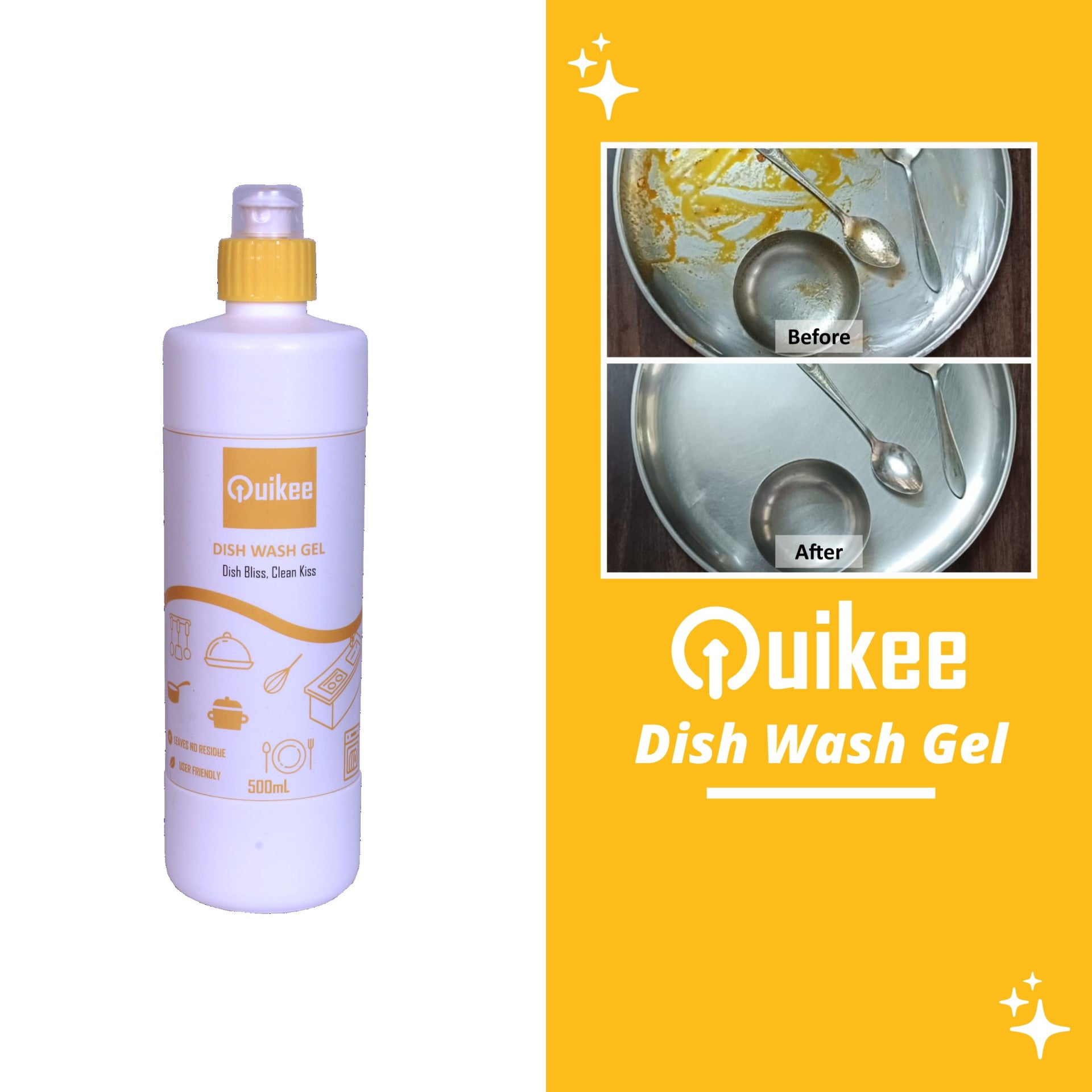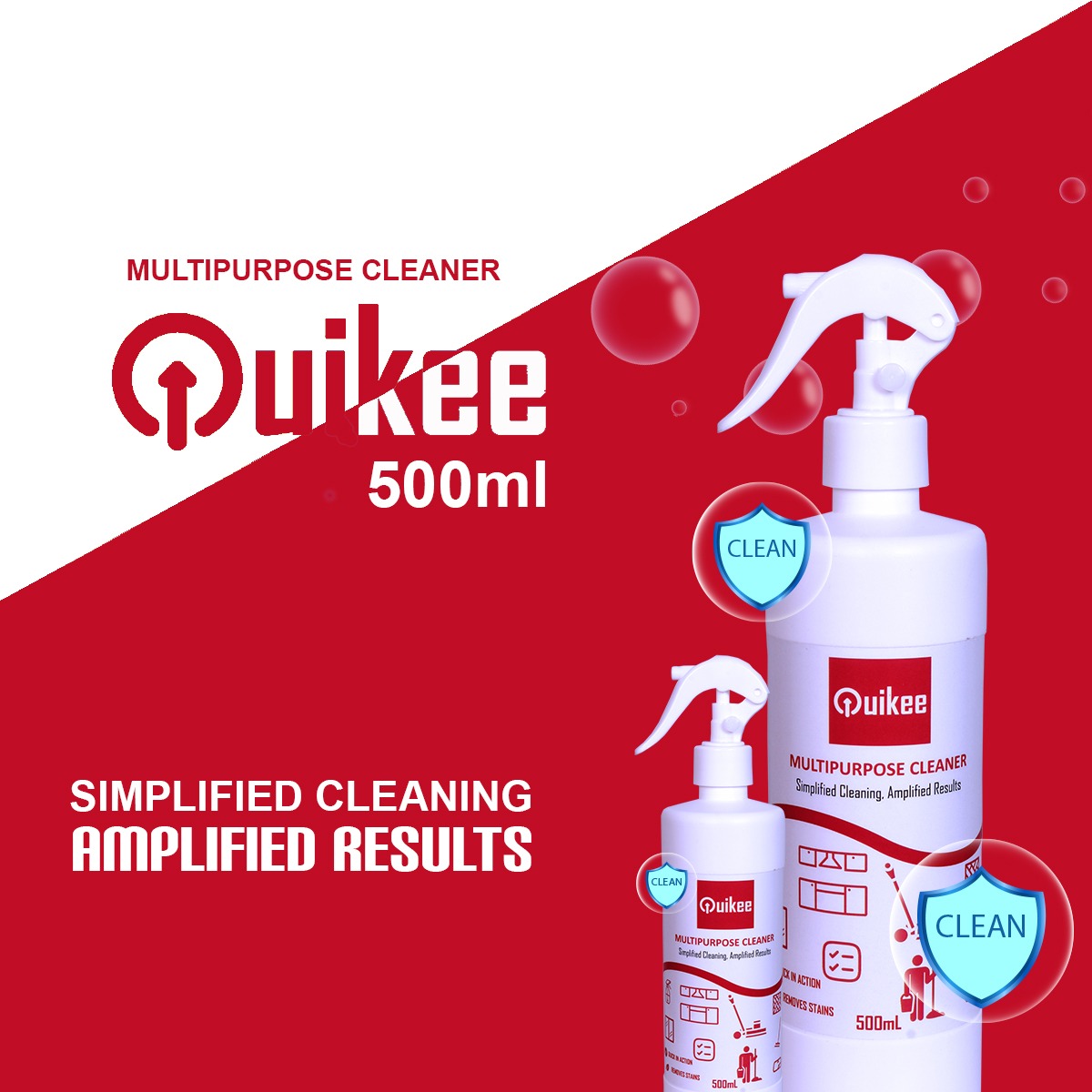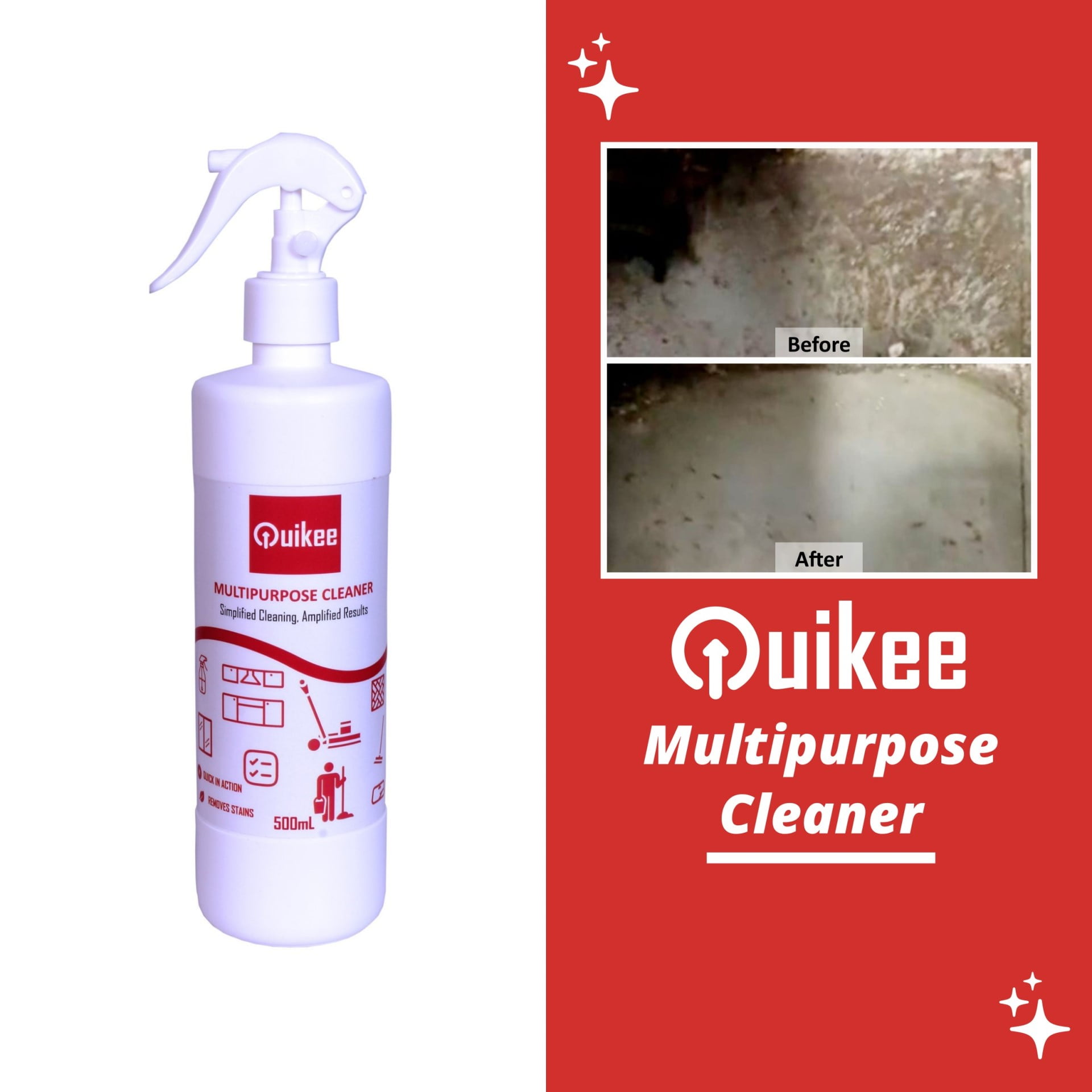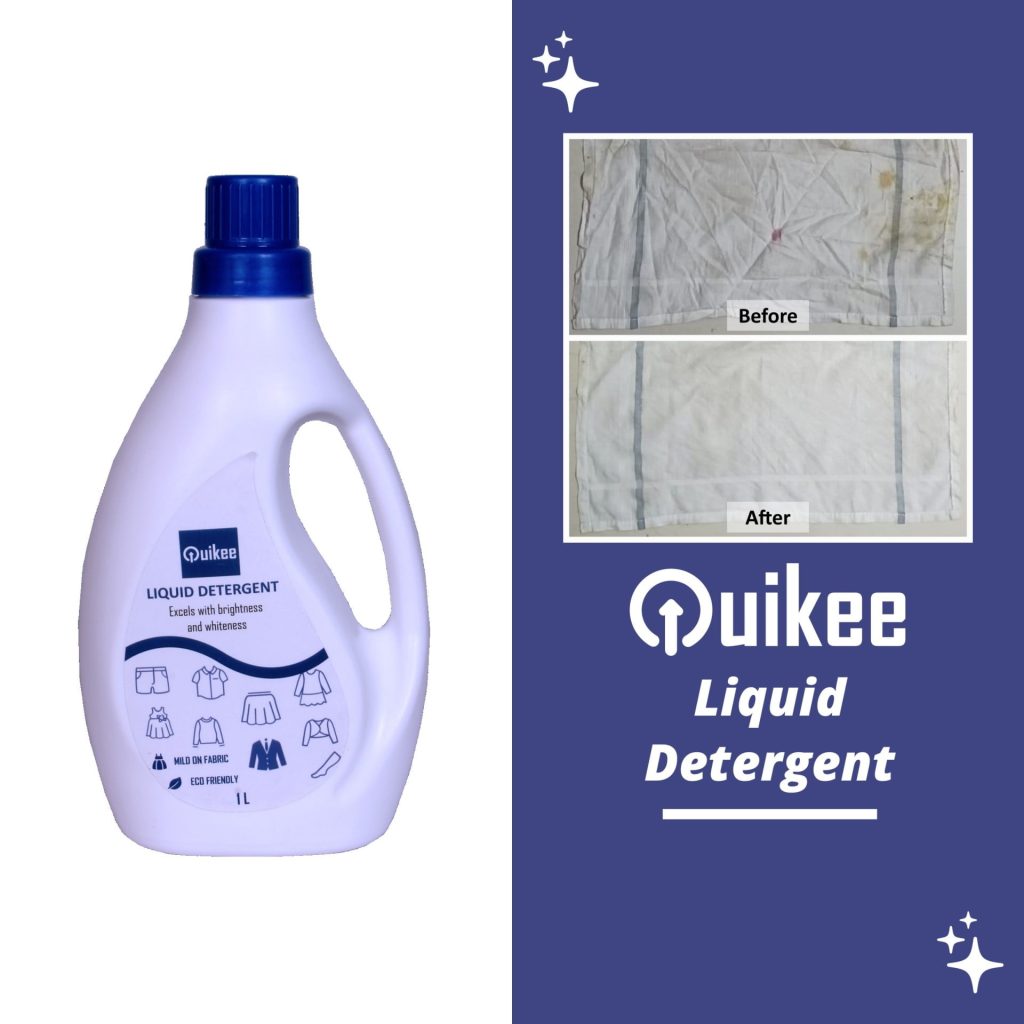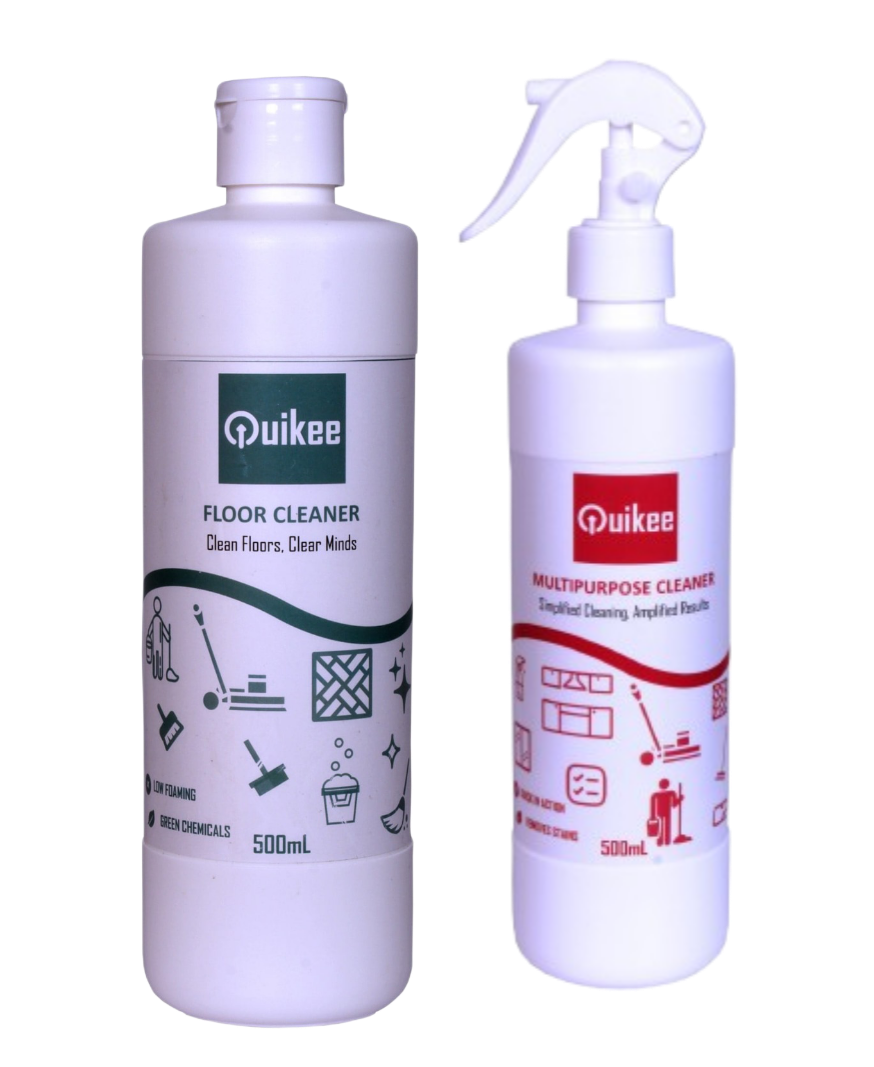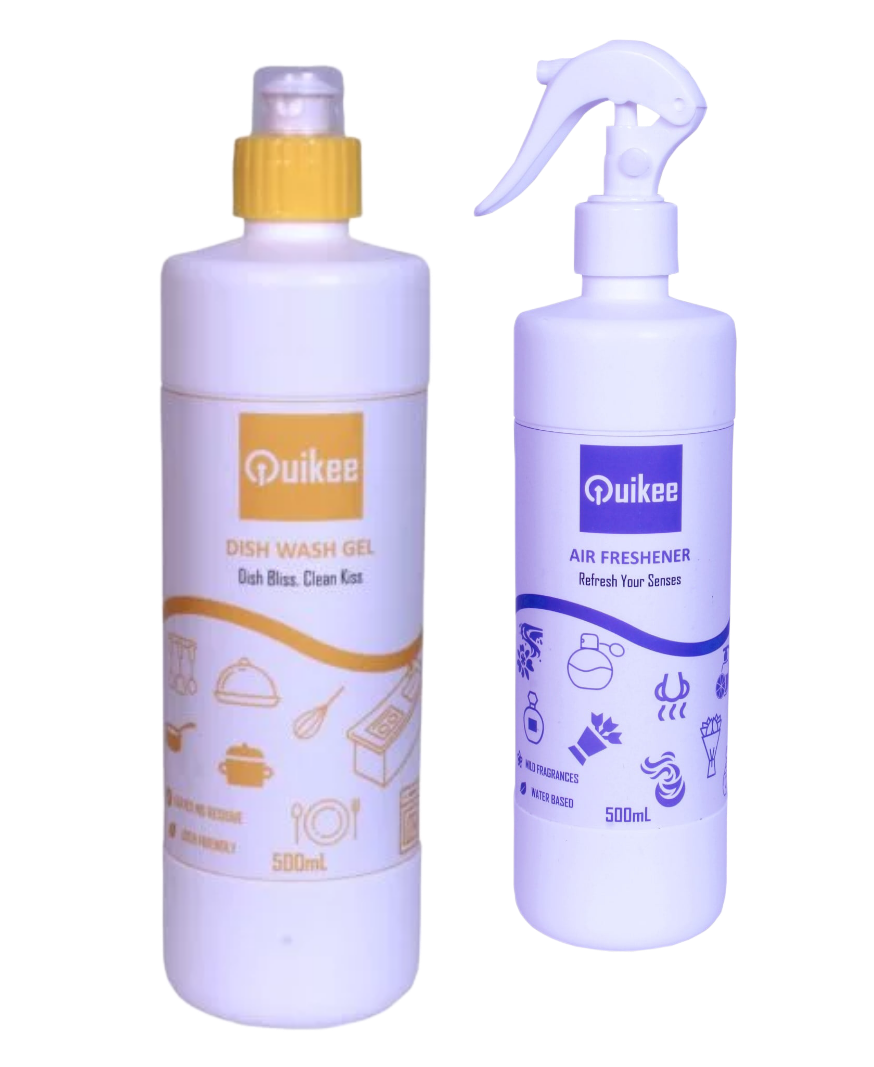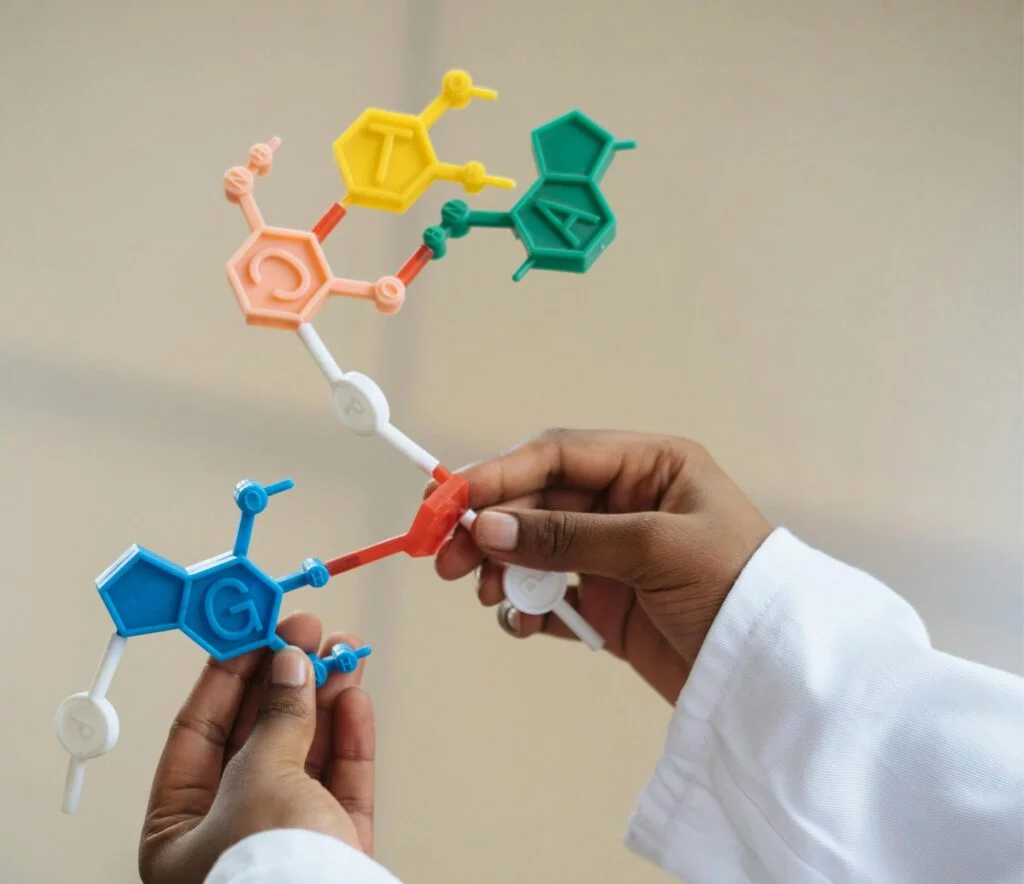Unlocking the science behind effective cleaning: Watch as molecules work their magic to break down dirt and grime, revealing pristine surfaces.
Introduction: Have you ever wondered how cleaning chemicals work their magic to remove dirt, grime, and stains from surfaces? In this blog post, we’ll delve into the fascinating science behind effective cleaning and explore the mechanisms that make cleaning chemicals so powerful.
Understanding Surface Tension: At the heart of effective cleaning lies the concept of surface tension. Surface tension is the property of a liquid that causes it to minimize its surface area and form droplets. When cleaning chemicals are applied to a surface, they disrupt the surface tension of water, allowing it to spread more evenly and penetrate into dirt and grime.
Emulsification and Detergency: Many cleaning chemicals work through emulsification and detergency. Emulsifiers are compounds that break down grease and oil into smaller droplets, making them easier to remove from surfaces. Detergents, on the other hand, are molecules with hydrophilic (water-attracting) and hydrophobic (oil-attracting) ends, allowing them to surround and lift away dirt particles from surfaces.
Chemical Reactions: Some cleaning chemicals rely on chemical reactions to break down stains and odors. For example, oxygen-based cleaners, such as hydrogen peroxide, release oxygen molecules that break apart organic compounds, effectively bleaching stains and eliminating odors. Enzymatic cleaners contain enzymes that target specific types of stains, breaking them down into smaller molecules that are easier to remove.
pH Balance: The pH level of a cleaning solution plays a crucial role in its effectiveness. Acidic cleaners are excellent for removing mineral deposits and soap scum, while alkaline cleaners are better suited for cutting through grease and oil. Understanding the pH balance of cleaning chemicals ensures that they are used appropriately for different cleaning tasks.
Conclusion: Effective cleaning is not just about scrubbing surfaces—it’s about understanding the science behind cleaning chemicals and how they interact with dirt, grease, and stains. By leveraging the principles of surface tension, emulsification, chemical reactions, and pH balance, cleaning chemicals can achieve remarkable results in keeping our homes clean and hygienic.
Keywords:
- Science of cleaning
- Cleaning chemical mechanisms
- Surface tension in cleaning
- Emulsification and detergency
- Chemical reactions in cleaning
- pH balance in cleaning
Tags: Cleaning chemical mechanisms, Cleaning chemistry, Eco-friendly cleaning, Eco-friendly products, Environmental cleaning, Green cleaning science, Green home maintenance, Non-toxic cleaning, Science of cleaning, Sustainable cleaning


